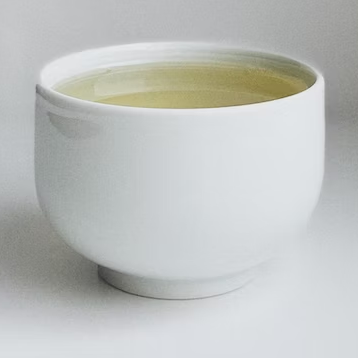I have a hot water dispenser, which heats the water to the temp you specify, on-the-fly. Sometimes this technology is called “insti-heat”. Instead of filling a kettle and waiting, it pumps water from a tank and heats it inline as fast as it draws it. Likely similar to how Nespresso machines work.
This means the limescale is hidden in the internal tubes. When descaling solution is put in the tank and the descaling program runs, there are no white chips of limescale like you would get in a water kettle. Yet it seems to be working because after descaling the water flows smoothly (as opposed to coughing and sputtering which is what happens when limescale is built up).
So it’s a mystery- where did the limescale go? Does it actually dissolve into the descaling solution? I ask because I’d rather not be wasteful… I’d like to reuse the descaling solution, if that’s sensible.


I wondered about this after seeing your post and long story short, descalers actually create a chemical reaction that changes the scale to another chemical altogether. Looks like it depends on what kind of descalers you use. Vinegar will react to scale differently than a citric acid based descaler.
But limescale and is soluble. So it will dissolve in water (especially cold water). Given that I would imagine it’s not the best idea to reuse a deacaling solution more than maybe twice.
https://www.home-barista.com/repairs/hot-vs-cold-descaling-solution-t83993.html#:~:text=Descaling is not so much,to a soluble calcium salt.
Thanks for the feedback. I figure it can’t hurt to experiment. Every time the machine starts coughing and sputtering, I’ll make a couple passes with used descaling solution. Guess I should keep track of how many iterations I use it. When it fails to work, I’ll make a fresh batch. I might experiment with doing the 1st pass with used solution and a 2nd pass with new (or newer) solution.
BTW, that Cloudflare link you gave is a booby-trap of dark patterns. It gave a blocking cookie popup with no “reject all” option to Tor Browser and an endless list of cookie switches to toggle, so I tried lynx. It gave a 403 claiming “enable javascript and cookies to continue” to Lynx. Then I loaded the archive version in Firefox with js and animations both disabled, and I could finally read the text (very useful and far deeper than I can comprehend). But then an animation at the bottom played anyway. I had to disable still images to stop the animation (guessing the ad is an animated GIF).
What a disasterous display of web enshitification… anyway, I hope this helps someone.
One of the interesting points that was made is different machines have different components, so it’s best to use the manufacturer recommended descaling solution. Which I assume would also be commercially biased. I hope one day the #rightToRepair will require a disclosure of the materials in the machine and chemical requirements (as opposed to brand requirements).
update
That page inspired me to create a new community: “Asshole Design: Web Edition” :).
You aren’t wrong. The web page itself is badly put together but the info was interesting and useful.
I use ublock origin and have a pihole so I didn’t see everything you did apparently. Sorry for the shadiness of the link.
Yeah indeed it was very useful information on a shit website. This is increasingly common. I’m always looking for a tech solution to this problem that is not user-specific. Advanced users can solve it for themselves to some extent using advanced tools. And sometimes that backfires… if the website is particularly user-hostile advanced tools can worsen the UX.